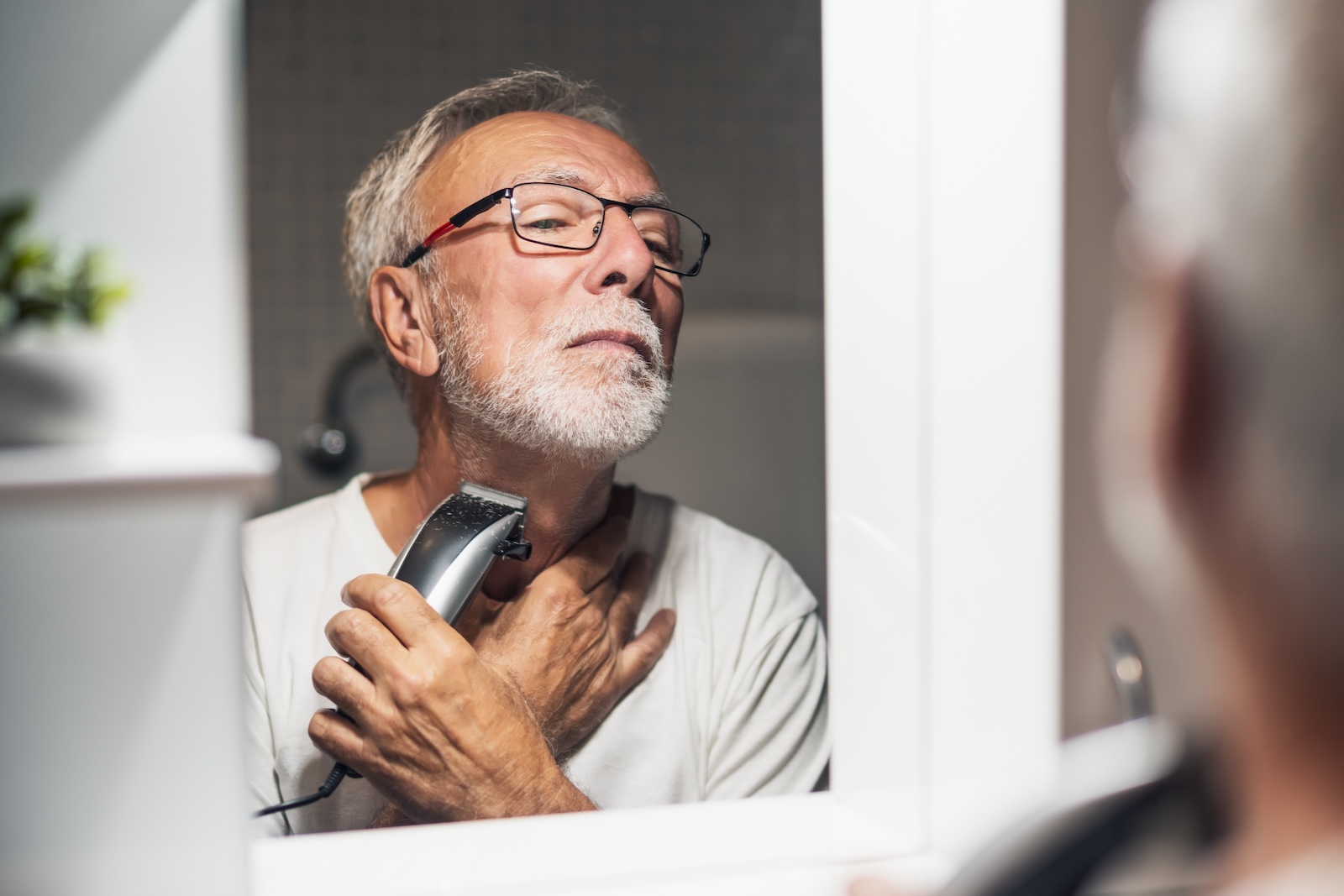Magazine
How To Reverse Sun Damage? Actionable Tips
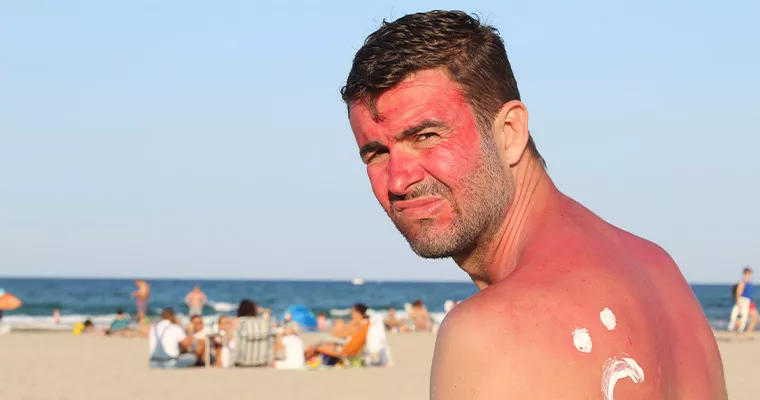
We’ll give it to you straight: the effects of sun damage are embarrassing. No man wants to walk around with wrinkles, age spots, redness, and rough patches on his face.
Repeated unprotected exposure to the sun can result in photoaging. Photoaging is when the ultraviolet radiation found in the sun’s rays causes the skin to age prematurely by altering one’s DNA at a cellular level.
Does any of this sound familiar? If so, have no fear. Particle to the rescue. Here are tips for preventing and reversing sun damage.
Sunscreen
Sunscreen is the best method for preventing photoaging. The main function of sunscreen is to protect your skin from sun damage. Making sunscreen a consistent part of your daily skincare routine is important for your health and your wallet.
Applying sunscreen now can save you from spending money on corrective treatments in the future. For example, a round of laser skin resurfacing used to treat the appearance of premature aging caused by sun damage costs on average $2,500. These treatments can also be time-consuming and typically require multiple rounds to see visible results.
Sunscreen contains ultraviolet filters and active ingredients that help to block the UV rays from damaging your skin. There are two types of sunscreens for you to choose from, both of which protect your skin but do so differently.
The first is mineral sunscreen. When sunlight touches your skin, the ingredients in mineral sunscreen — zinc oxide and titanium dioxide — block and scatter the rays before they can penetrate your skin.
The second is chemical sunscreen. When you are out in the sun, the ingredients in chemical sunscreen — which include octisalate and avobenzone — absorb the UV rays before they have the chance to damage your skin.
While both sunscreens are proven to be effective, mineral sunscreen is generally believed to be the better option for sensitive skin.
Regardless of which type you choose, it is essential that your sunscreen is broad-spectrum and has a high enough sun protection factor. Broad-spectrum sunscreens defend against UVA and UVB rays.
UVA rays are more penetrative and damage cells at a deeper level, while UVB rays typically damage the outermost layers of the skin. It is important that your sunscreen defends you against both.
As for the sun protection factor, use sunscreen with an SPF of at least 30.
You should be applying your sunscreen every morning, even on overcast days, at the very end of your skincare routine. It is important that it goes on last to function as a protective layer for your skin.
The amount of sunscreen that you should apply daily may vary from person to person. Generally speaking, it is recommended that you use a nickel-sized dollop which equates to about .04 ounces.
Remember that, in addition to protecting your face, you may also want to shield your scalp and lips. Even if your head is not shaved, your scalp may require protection, with 10 percent of melanomas occurring on the scalp. Your hair offers you some protection from the sun’s rays, but apply SPF products designed for your head for added safety.
For your lips, use lip balm with sunscreen ingredients. Your lips are exposed to sunlight every day and are low in melanin, making them particularly susceptible to sun damage. This only increases the importance of protecting your lips daily.
Remember to reapply your sunscreen throughout the day as needed. If you take a midday shower, a dip in the pool, or engage in a sweaty, high-intensity workout, you may need more sunscreen to protect your skin.
Laser Therapy
As previously mentioned, laser therapy is a great option for reversing sun damage. While pricey, this treatment is notably effective. The treatment uses focused light tuned to specific wavelengths to improve your skin texture, encourage elastin growth, and reduce discoloration.
Laser treatments can also be used for resurfacing. When dealing with pitted scarring from sun damage, laser resurfacing can improve your tone and texture.
Though laser therapy is successful for most, we recommend speaking with dermatologists to ensure that your skin type is suited for the procedure.
Chemical Peel
Another popular facial treatment for correcting sun damage is chemical peels. Chemical peels are meant to deeply exfoliate the skin’s surface and promote new skin growth by applying a strong chemical solution to the skin. Additionally, chemical peels can treat other effects of photoaging like fine lines, dullness, and hyperpigmentation.
A light peel can offer you results that last between one and two months, while the effects of medium peels last between two and six months, and the results of deep peels are intended to be permanent.
If, after consulting with a professional, they deem your skin too sensitive, you can consider using a chemical exfoliant instead. Chemical exfoliants are acids that buff away dead skin cells to regenerate the skin.
Chemical exfoliants typically contain AHAs like glycolic acid and lactic acid or BHAs like salicylic acid and tropic acid in their solutions. With regular use, these ingredients help even the tone of your skin, minimize the appearance of aging, and make your skin feel smooth.
It is typically safe to exfoliate two to three times a week so long as your skin can handle it.
Dermabrasion
Dermabrasion is a different type of skin resurfacing treatment. During dermabrasion, a rapidly rotating device is used to sand the outer layers of your skin to encourage cell regeneration. This should result in the growth of smoother skin and should help with treating fine lines and discoloration.
If you are concerned that dermabrasion may be too intense of a procedure for your sensitive skin, try microdermabrasion instead. The treatment and its effects mirror dermabrasion, simply on a smaller scale.
Face Cream
Using the right face cream can help with both rejuvenating and strengthening your skin. Improving and maintaining your skin’s health will minimize the chances of it contracting sun damage.
We recommend trying the Particle Face Cream. This 6-in-1 premium cream for men offers men a wide variety of benefits for your skin. The product minimizes wrinkles, alleviates eye bags, helps to remove dark spots, soothes skin after shaving, moisturizes the skin, and nourishes the skin using Dead Sea minerals.
All the ingredients used in the Particle Face Cream are hand-picked from premium sources. Many of which directly treat your photoaging. For example, the product contains Vitamin E, which helps your cells to repair sun damage and slows the aging of the skin. For a full list of ingredients, click here.
Cleanse your face thoroughly, pat your skin dry, and then apply the face cream to use the product. Use a thin dime-sized amount across your entire face both in the morning and at night.
Diet
Being more conscious of the foods you are putting into your body can also help improve the quality of your skin.
Foods high in sugars and carbohydrates and beverages like alcohol can contribute to inflammation in the skin and may destroy good, necessary bacteria. Removing these items from your diet is the best way to protect your skin from further damage. Still, you can also counter these unhealthy diet choices by implementing more beneficial products into your meal regimen. Eating healthier will also benefit your skin’s overall wellbeing and appearance.
For example, you can implement more antioxidants into your diet to increase your antioxidant levels and defend your cells from damage. Foods rich in antioxidants include red beans, pecans, plums, and artichokes.
Increasing your vitamin A intake is useful for combating the reduced elasticity that comes with sun damage. Foods rich in vitamin A that can make your skin firm and supple include milk, liver, fish, and eggs.
Vitamin C is useful for repairing damaged tissues in the skin and reducing the appearance of fine lines. Foods rich in vitamin C that will freshen up your look include Brussel sprouts, potatoes, peppers, strawberries, and broccoli.
Zinc is often used to repair damaged skin and improve its texture. Additionally, it is known to be able to protect the skin from additional ultraviolet damage. Foods rich in zinc include rice, oats, oysters, garlic, and mushrooms.
You may also want to consider swapping out your sugary or alcoholic beverages with water on occasion. Consuming enough water is necessary for supporting your skin’s health and restoring its moisture levels. It is generally recommended that men drink 15.5 cups of fluids every day.
Another way to ensure that you are staying hydrated is by eating foods with high water contents. For example, you can try eating more watermelon, which has a water content of 92 percent, more lettuce, which has a water content of 96 percent, and cottage cheese which has a water content of 80 percent.
Conclusion
Wrinkles, discoloration, and poorly textured skin aren’t exactly sought-after features in a man. Preventing these symptoms and getting rid of them takes effort and self-discipline, but any motivated working man can do it.
Assess the damage and then get to work. Whether you opt for professional treatments, better skincare products, or healthier lifestyle choices, you are bound to see improvements to your skin.
Sources:
Sunscreens | PubMed
Laser Skin Resurfacing Cost | PlasticSurgery
Chemical Peel (Deep, Medium, Light) | PubMed
Dermabrasion | PubMed
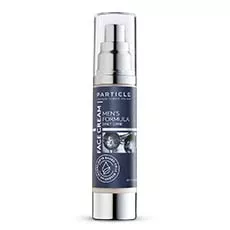
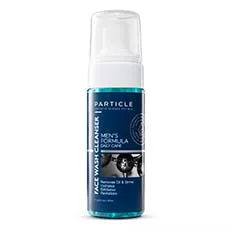
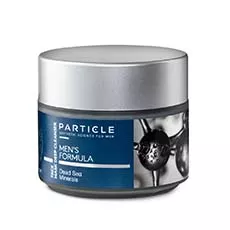
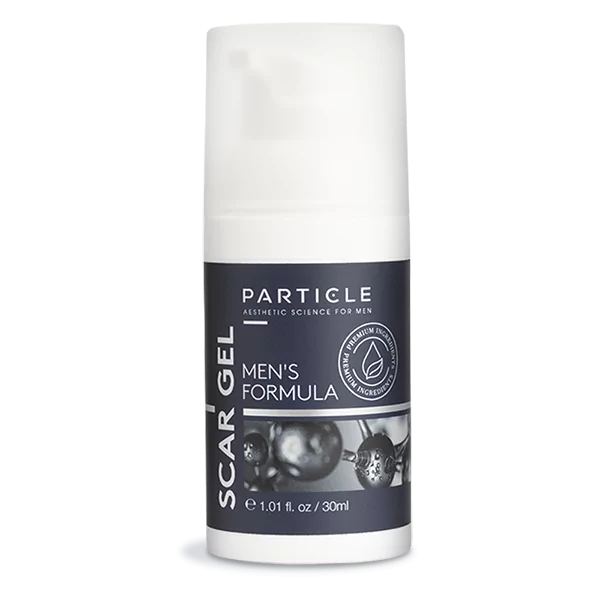
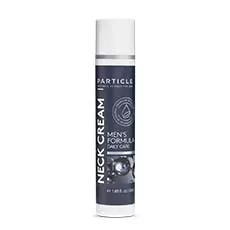
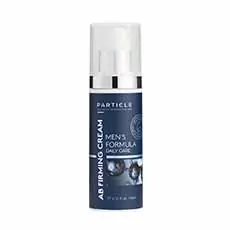
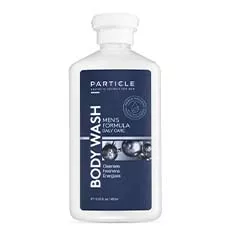
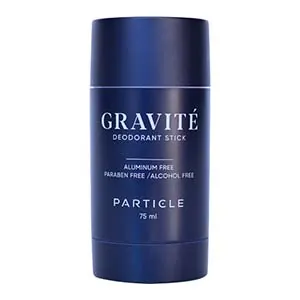
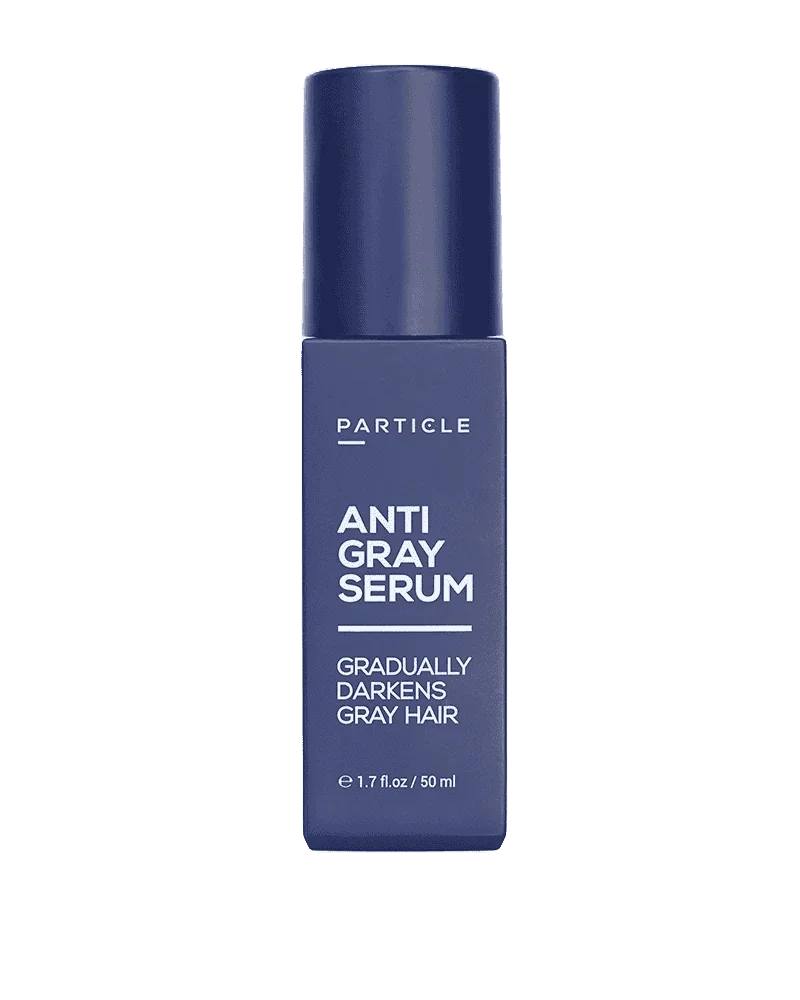
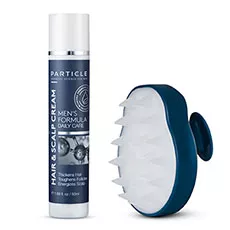
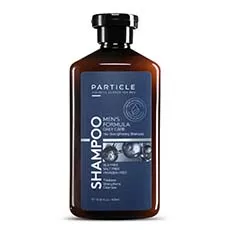
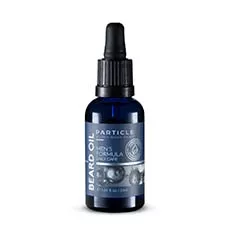
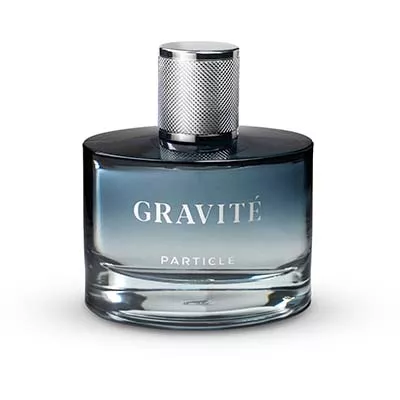

 gb
gb














